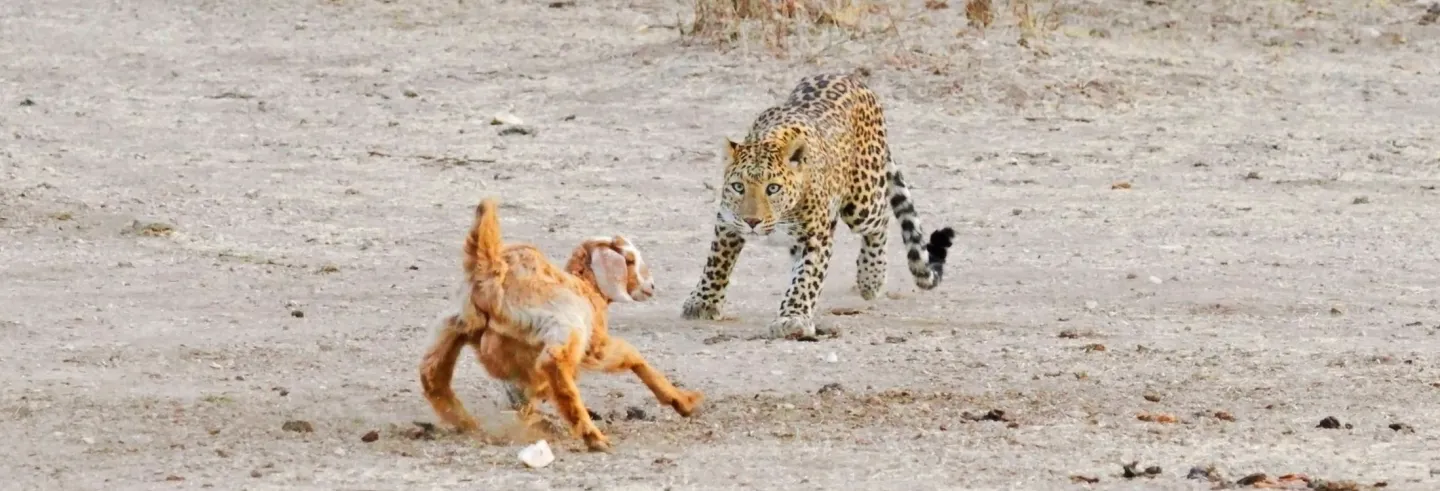India is today a cauldron of conflict between animal and human, and human and human. In the heart of Delhi, monkeys attack women and bite off their noses, but if you strike them back with a stick and the monkey is injured you are liable to be prosecuted as a criminal.
In Masinagudi village on the outskirts of Mudumalai Wildlife Sanctuary in Tamil Nadu, the numbers of tigers has grown to a level that they are getting into villages, attacking and killing people. When the locals complained, the chief wildlife warden ordered one man-eating tiger to be shot. Many urban nature conservation activists have gone to court arguing against this order.
In Kerala, wild pigs have become a menace, destroying cultivated fields and even attacking people. The Kerala High Court ordered that the pigs must be brought under control. In response, the forest department employed professional shooters to kill the pigs, but activists have gone to court to put a stop to the killings.
As H. S. Pabla, a former chief wildlife warden of Madhya Pradesh, lamented to me earlier this year in an email, the human-wildlife conflict has become a humongous problem in India. “Every year, nearly 1,000 people are killed by wild animals like elephants, leopards, tigers, and sloth bears, while tens of thousands are injured each year. Losses of crops and property at the hands of elephants, wild pigs, blue bull, blackbuck, gaur, etc. run into thousands of crores. People are not free to defend themselves against marauding animals as even driving them out of their homes and crop fields needs official permission.”
Colonial origins of the conflict
This conflict has been precipitated by the concentration of unlimited powers in the hands of the forest departments, which enjoy strong support from urban nature conservationists. Forest departments were established during British rule to help drain India’s resources by taking over the common property resources of India’s village communities. These resources had long been sustained by communities. Its manifold manifestations included protection of a countrywide network of sacred groves, protection to sacred pools and stretches of rivers, and protection of breeding colonies of waterbirds like egrets, herons, storks, and pelicans in places like Keoladeo Ghana in Bharatpur, Rajasthan, Vedanthangal near Chennai in Tamil Nadu, and Kokrebellur in Mysore district of Karnataka.
“Overall, the economic interests of the British lay in rendering people resourceless, thereby creating cheap labour.”
Shifting cultivation was another bone of contention. It was widely prevalent in hilly and malarial tracts and with long fallow cycles and maintenance of economically important trees. It was a sustainable and biodiversity-friendly practice. But British tea and coffee planters opposed its continuation, as they would otherwise not get labourers for their estates. These planters wanted labour that could be made to work like the enslaved people on the cotton plantations of the United States. Overall, the economic interests of the British lay in rendering people resource-less, thereby creating cheap labour; and dedicating forest tracts to growing timber for their military and construction needs. They, therefore, outlawed shifting cultivation as well as community ownership.
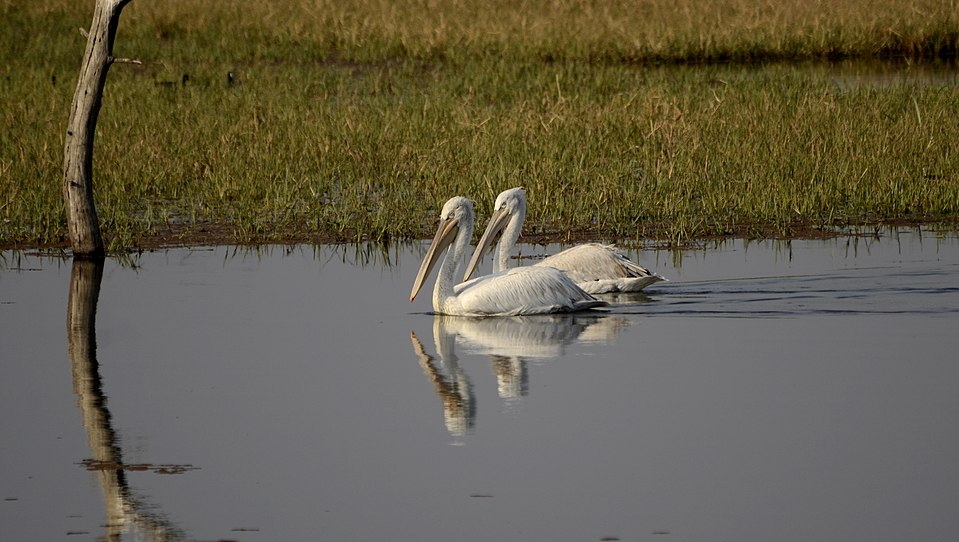
At the time of the establishment of the forestry establishment in 1860, Dietrich Brandis, India’s first inspector general of forests, favoured a major role for village communities. Supporting him, the Madras presidency’s revenue department dubbed state takeover of forests as a “confiscation, not conservation” (Guha 1996). But overruling Brandis, the colonial government took over all community land as state property.
Protecting wildlife in independent India
Wildlife protection in independent India began to be shaped with the constitution of the Indian Board for Wildlife in 1952. The entire effort was driven by people with no sympathy for the common people of India. Policymaking was strongly influenced by members of India’s erstwhile royalty, and European tea and coffee planters.
The Wildlife Board was chaired by the Jayachamarajendra Wadiyar, the maharaja of Mysore, with Dharamkumarsinh from the royal family of Bhavnagar as the vice-chair. The members included R.C. Morris, a coffee planter from the Biligirirangan Hills in Mysore, and E.P. Gee, a tea planter from Assam. Gee played a leading role in mooting the idea of establishing ‘protected areas’ and in the passage of the Wildlife (Protection) Act in 1972, through a series of articles published in the Journal of Bombay Natural History Society between 1952 and 1967. The act itself was drafted by M.K. Ranjitsingh from the royal family of Wankaner.
[Salim Ali’s] advice on nature conservation was biased, rooted in a prejudice that it was the common people of the country who were primarily responsible for the destruction of nature.
Another key figure in forging forest and wildlife management policies in independent India was the naturalist Salim Ali, who was also a member of the Wildlife Board. 1 Salim Ali was my father’s friend and I first met him in 1956 when I was 14. Charmed by his knowledge, enthusiasm and wit, I decided to become a field ecologist like him. My father gifted me a life membership of the Bombay Natural History Society in 1963 and I spent a lot of time with Salim Ali at BNHS and on many field trips, until he passed away in 1986. I even had the privilege of jointly publishing a paper with him on the communal roosting habits of birds. (Gadgil, M. and Salim Ali, ‘Naturalist Extraordinary: A Historical Perspective’, Journal of the Bombay Natural History Society, 75 (Suppl.), 1980: i–v). Ali once told me that there have been many man-eating tigers, but he was among the few tiger-eating men. He said that once upon a time he and his good friend and collaborator Dillon Ripley had shot and eaten tiger steak in the Khasi Hills. He had been, since boyhood, associated with and influenced by the Bombay Natural History Society (BNHS), which then mostly comprised British civil servants and tea and coffee estate owners. Ali, who studied ornithology in Germany, had on his return to India undertaken systematic bird surveys in several princely states, whose rulers were fond of shikar and interested in the birds and animals they hunted. Ali’s love for shikar and for observing wild animals under natural conditions was indicated by his first published paper in the BNHS journal (1927), an article on Mughal emperors as naturalists and sportsmen alias shikaris.
Ali seemed to me to live in the world of Europeans and Indian aristocracy and was completely cut off from the common people of India. 2 The Bharatpur wetland, famous for its waterbirds, became one of the first wildlife sanctuaries of independent India in 1950s on Salim Ali's advice. He had worked for years at Bharatpur, banding thousands of migratory birds. I accompanied him on several of these trips; his constant refrain was that once the "wretched buffalos" were banned, the wetlands would be safe for birds. I knew this was prejudice, for Bharatpur had been subject to grazing for centuries and yet remained a biodiversity-rich habitat. It was here that the Viceroy Linlithgow had shot 4,273 birds on a single day, at the height of the massacre of India’s wildlife by the British rulers. If Ali had any broader understanding of ecology, he would not have recommended that grazing be banned in the wetland. Ali’s recommendations led to the declaration of the locality as a National Park in 1982. The rigid regulations called for total cessation of livelihood activities of local people, without any alternatives being offered. There were protests and seven people were killed in the firing that followed, but the ban was enforced. This intervention led to a totally unexpected outcome. It turned out that buffalos were keeping under check a water-loving grass, Paspalum distichum. When grazing stopped, this grass, along with water hyacinth, grew unchecked, rendering the wetland a far worse habitat for waterfowl, the prime objective of the National Park management. BNHS studied these adverse consequences and submitted a report to the US Fish and Wildlife Service but never published this vital information in any scientific journal, as was clearly their responsibility. Indeed, BNHS while pretending to be a scientific organisation has no understanding of broader ecological issues, of the realities of Indian society, or of proper scientific practices. Although he was sympathetic to the cause of Indian independence, he certainly did not share Gandhi’s vision of India as a country of village republics. Given this background, his advice on nature conservation was biased, rooted in a prejudice that it was the common people of the country who were primarily responsible for the destruction of nature.
Poverty and pollution
The protection of the environment came to the centre stage of global discourse at the World Conference on Environment held in Stockholm in 1972. At the conference, Prime Minister Indira Gandhi pronounced poverty to be the greatest polluter and that India’s development strategy, by eliminating poverty, would take care of the environment.
Regretfully, the two concrete actions of the Indian government in the context of the environment in 1972 ended up only exacerbating poverty. They were promulgation of the Wildlife (Protection) Act (WLPA) and the launch of the Project Tiger.
It was not a coincidence that the WLPA, which enormously increased the powers of the forest departments in states across the country, was passed at a time of mounting grassroots protests against destructive development. The Chipko Andolan of 1973, a prime example of these protests, had its origins in the women of Garhwal agitating to save their oak forests from being felled to supply sports-goods manufacturers. The women demanded that forests must be saved to yield soil, water, and fodder. They were successful in putting a stop to tree cutting for a few years.
Chipko and its van panchayats became a prime target of forces of destructive development. The forest department made it a point to harass the leaders of the movement. A tragic consequence of this continuing assault on common people and consequent weakening their resistance has been unfettered environmental destruction, causing the awful landslide of Chamoli in February 2021 that flooded the district and led to the death of 204 people.
Regretfully, the two concrete actions in 1972 of the Indian government in the context of the environment ended up only exacerbating poverty.
Project Tiger was launched in parallel with the promulgation of the WLPA. The tiger, which was hunted till 1972 with much enjoyment and economic profit by the rich and powerful, suddenly became a conservation icon, to be protected to bring in profit for another set of the rich and powerful. Promoted by WWF — which was led by members of the British aristocracy — and spearheaded in India by the BNHS, Project Tiger had its roots in Western commercial interests in nature-based tourism in the former colonies. This development took advantage of the rapid proliferation of photography, television, and international air travel.
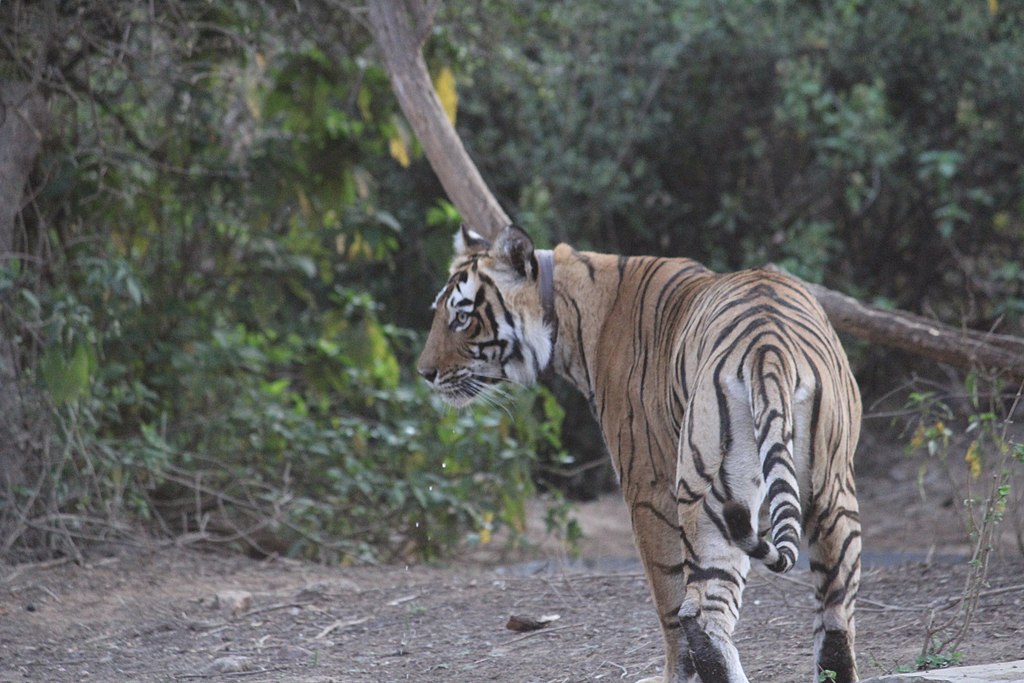
Project Tiger reserves were set up on the model of Kenya’s Masai Mara Game Reserve, whose original inhabitants, the Masai, were ousted from their homes. While gullible Indians danced to the tunes of our ex-colonial masters and banned hunting throughout the country, Britain itself is full of shooting estates where 12,300 wild mammals and birds are killed every day, leading to the extinction of several species of birds of prey over the last two centuries.
The current approach to wildlife conservation is justified by the Bombay Natural History Society and urban nature lovers by spouting much pseudoscience.
What has been the state of these reserves? Sariska Tiger Reserve is a favourite destination for foreign and Indian tourists alike. I visited Sariska in 2005 as a member of the Tiger Task Force. The task force was constituted by the then prime minister because no tigers had been sighted at Sariska and there had not been, for some years, even indirect evidence of tigers, such as pug marks or scat. Sunita Narain, another member, and I chatted with the forest guards who knew what was happening on the ground. They showed us the entries in their field diaries over the years. They were well aware that tiger numbers were declining rapidly since 1999 and that none were left by 2002. But their bosses kept fudging the numbers and making false claims.

Simultaneously, the Central Bureau of Investigation (CBI) conducted a probe and declared that no tigers were left in Sariska. Poaching was blamed for the disappearance of tigers. But who were the poachers? CBI officials met the Tiger Task Force and told us, unofficially, that forest officials were involved in poaching. The skinned carcasses of the tigers were left lying for days. It was impossible for the foresters not to have noticed the stench. Yet, no bureaucrat was ever held accountable. All that happened was that the bureaucrats rounded up and beat up many people from surrounding villages, accusing them of being involved in poaching.
Pseudoscience
The current approach to wildlife conservation is justified by the BNHS and urban nature lovers by spouting much pseudoscience. They assert that nature would remain in balance but for the destructive activities of India’s rural and forest-dwelling people. But nature has always been in flux; on evolutionary as well as ecological timescales. The other pseudoscientific assertion is that the balance of nature properly regulates animal numbers within forest ecosystems and that the problems are because of human encroachment in recent times. This understanding is seriously flawed because animals do not live in water-tight compartments. A substantial proportion of populations of most of the species protected under the Wildlife Schedule, including elephants and wild pigs, is outside the national parks and wildlife sanctuaries, indeed outside forest ecosystems.
It is essential to look at the populations of wildlife species of interest over their entire range. How is the number of animals over their entire range regulated? There is an intrinsic tendency for these numbers to increase unless checked by factors such as predation, disease, limitation in resources like food or nesting holes, and accidental mortality such as through floods or landslides.
With the Wildlife Protection Act in operation for 49 years, many wild animals have learnt that they can invade croplands or even human habitations and kill people or their livestock...
Obviously, an imaginary balance of nature within the forest ecosystems is not involved in regulating the numbers of our wildlife species. Predation has to be a major regulatory factor. All along, humans have been the most significant predators of a whole range of wildlife species, including elephants on the Indian subcontinent. Humans began hunting elephants as soon as they came on the scene in the Indian subcontinent. (Notably Asiatic elephants had not arrived on the subcontinent when humans colonised it some 65,000 years ago.) Elephant hunting is depicted in the 10,000-year-old cave paintings of Bhimbetka in Narmada Valley. Hunting was not just for pleasure; people derived nutrition from feeding on elephant fat and meat. This predation has ceased with the WLPA — barring glaring exceptions like that by the bandit Veerappan. As a result, the numbers of many wildlife species are skyrocketing.
There has been another significant change. Optimal foraging theory tells us that animals tend to feed in ways designed to obtain the maximum nutrition with as little time, effort, and risk as possible. Even if elephants have the option of obtaining food in forest ecosystems, they invade agricultural areas and forage on crops that provide a much greater amount of nutrients for a given effort. With the WLPA in operation for 49 years, many wild animals have learnt that they can invade croplands or even human habitations and kill people or their livestock because people will not resist them. As a result, much greater food has become available to wild animals, further promoting growth in their numbers.
Criminalising livelihoods
Hunted meat is an important source of nutrition for people in many parts of the world. Across India, hunting, especially of wild pigs, is common. In the North Eastern states, a variety of mammals and birds are hunted and wild meat is openly sold in bazaars. All of this is criminal under the WLPA, though punitive action is seldom taken.
Hunting is also part and parcel of humanity’s heritage. Our species emerged 300,000 years ago as group hunters on the African savannahs. In Jharkhand, for instance, there is a long tradition of an annual ritual hunt. It is tied to the religious observances of local Adivasi communities. There are huge protests because the forest department arrests those participating in these hunts for engaging in criminal activity under the WLPA.
Hunting for pleasure continues throughout the world. Many maharajas made piles of money inviting European tourists to hunt as their guests in their game preserves right up to 1972. Unlike in Britain where feudal lords occupied the whole of the country, India’s princely hunting preserves covered only a fraction of the land and waters of the country, leaving substantial areas where wildlife abounded and was hunted by the well-to-do as a matter of prestige and by commoners for meat. The commoners displayed much prudence while hunting. For instance, members of the nomadic hunting tribe of Phasepardhis in western and central India set free any pregnant antelope they might trap. Nomadic communities traditionally engaging in entertainment, like the Madaris of Gujarat and Rajasthan, maintained small numbers of tame monkeys. The livelihoods of large numbers of such people were callously destroyed by a single stroke of a pen with the promulgation of the WLPA. No thought has been given to providing them alternative, satisfying livelihoods.
As the law now stands, a farmer may kill a wild pig that destroys crops only after going through red tape involving the forest bureaucracy.
Today this is being further extended to depriving fisherfolk of their livelihoods. For instance, fishers have for centuries caught giant freshwater stingrays (Urogymnus polylepis), cowtail stingrays (Pastinachus sephen), and broad cowtail stingrays (Pastinachus ater). These fish are not protected under the wildlife schedule (though some other kinds of stingrays are). Yet, the forest department has wrongfully arrested fishermen in Odisha for catching these two non-scheduled species.
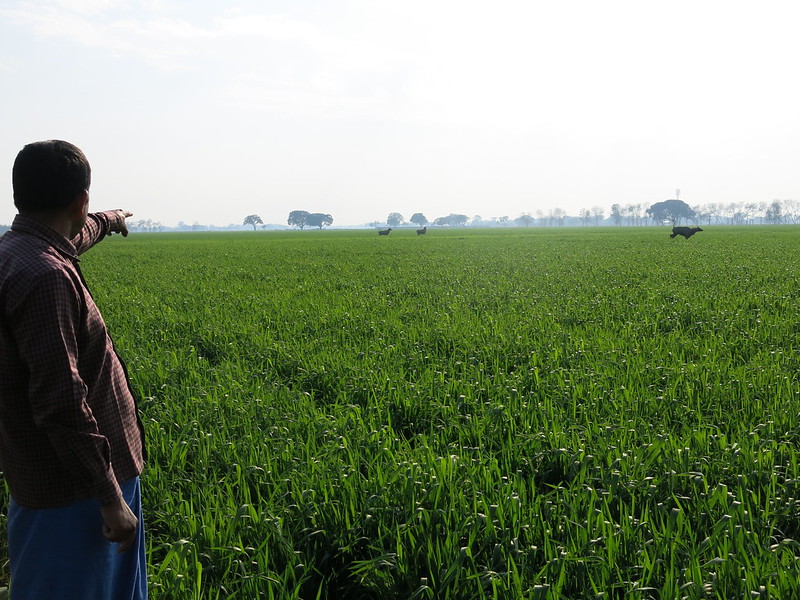
India’s ban against the hunting of wild pigs is even more irrational. The International Union for Conservation of Nature categorises the wild pig as being of least concern from a conservation point of view. (In fact, their populations are rising the world over.) Farmers from all over India report that the wild pig is on the increase and is a serious menace, even in areas far away from forests, as in the case of Maan, a taluka with the lowest rainfall in Maharashtra. As the law now stands, a farmer may kill a wild pig that destroys crops only after going through red tape involving the forest bureaucracy. He must then take the killed animal to officials, who conduct a panchanama and then burn or otherwise destroy the carcass.
A more rational solution is to emulate the policies in Sweden and the European Union, which declare wildlife as a renewable resource to be managed through regulated systematic hunting…
With some exceptions, such as among Muslims, the meat of the wild pig is relished and has served as a valuable protein source the world over. To deny people this much-needed protein is unjust.
The absurdity of the WLPA is striking when compared with the Indian Penal Code’s provisions on self-defence. Wild pigs have on occasion killed people, they regularly trespass on farmers’ properties and rob produce. Elephants do the same, as do tigers. Yet people are not free to defend themselves against marauding animals as even driving them out of their homes and fields needs official permission. The Indian Penal Code, on the other hand, sanctions voluntarily causing death or any other harm to a human, if there is a reasonable apprehension of death or grievous hurt or if there is trespass or robbery.
The forest department and the Wirldlife (Protection) Act are highly flawed agencies and instruments of environmental protection.
The ban on killing makes guarding crops more difficult, leading to a decline in agricultural production and in many cases a shift to less desired cropping patterns, or even abandonment of cultivation. A more rational solution is to emulate the policies in Sweden and the European Union, which declare wildlife as a renewable resource to be managed through regulated systematic hunting and which allow the trade of meat and other valuable animal products such as hides and antlers. The results are striking. Sweden abounds in moose, reindeer, foxes, and wolves; even as its citizens feast on venison from legally hunted moose and make money selling other wildlife products.
A counterproductive setup
It has become increasingly evident that the forest department and the WLPA are highly flawed agencies and instruments of environmental protection. Because of the way they operate, there has been a broad rejection of conservation efforts by farmers and farm labourers, rural artisans, and forest-dwellers, all of whom equate environmental protection with coming under the stranglehold of the forest department.
For instance, the Kerala Ecofragile Lands Act (2003) convinced people that conservation can only imply coercion and extortion. The Act allowed the forest department to arbitrarily declare lands in the proximity of protected areas as “ecologically fragile,” without citing any scientific reasons. Under its operation, more than 8,000 farmers from 37,000 acres were evicted without compensation. Gram sabhas were not involved in the identification of these lands. The forest department decided on the lands to be taken over without making field visits.
The lesson is clear: we must entrust the people at the grassroots with the responsibility of conserving the entire spectrum of biodiversity.
The antipathy of people towards environmental protection merely benefits crony capitalists and corrupt babus and netas who gain from exhausting and degrading our country’s natural capital to make a fast buck. These include polluting industries, mines and quarry operators, real estate firms, and forest-based industries. Our economic pundits applaud such patronage of the rich and powerful as ‘reform’ and force the victims of degradation of their environment and attacks of wild animals to work long hours on meagre wages under ‘labour reform’. At the same time, they condemn handouts to the poor as ‘populism’. Surely, handouts both to the wealthy and the poor encourage irresponsible behaviour and are an impediment to progress.
The lesson is clear: we must entrust the people at the grassroots with the responsibility of conserving the entire spectrum of biodiversity, including wild birds and mammals, by taking away danda (punishment) from the forest department and substituting it by saam (conciliation) and daam (positive incentives).
Conclusions
How shall we set about such a task? Our Constitution and various laws provide space for a democratic pro-people, pro-knowledge, pro-nature framework for nurturing our biodiversity to replace the current forest department dominated setup, which is patently anti-nature, anti-science, undemocratic, and anti-people. The 73rd and 74th Constitutional amendments provide for ward- and gram sabha-level citizen groups to prepare environmental status reports. These reports could incorporate information on the local ecosystems and biodiversity elements and be amalgamated to constitute higher level reports.
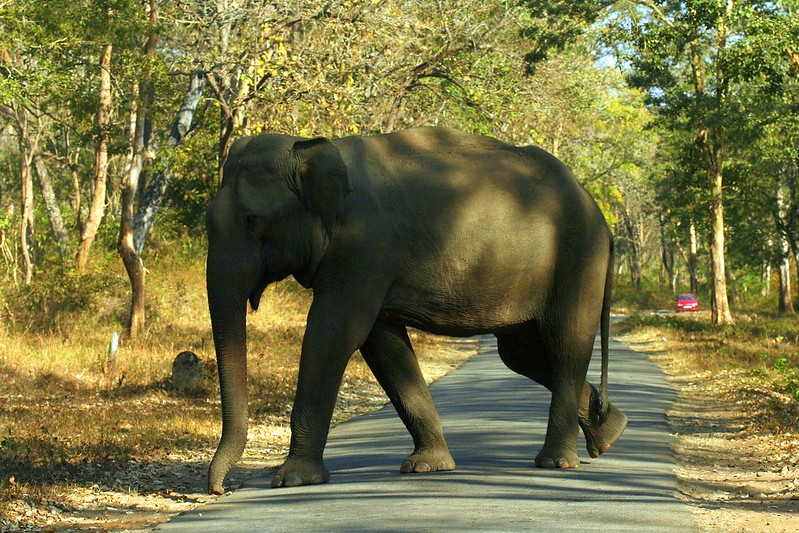
The Biological Diversity Act provides for the constitution of Biodiversity Management Committees (BMCs) at the level of local bodies. The Act leaves the choice of the number and identity of the members of the committees to local citizens. The BMCs of the various local bodies should constitute the first tier of a democratic system for the management of biodiversity in the country. These members could elect the members at successively higher levels, as members of district, state, and national biodiversity authorities. The higher-level authorities would coordinate the functioning of their constituent authorities.
Such a democratically constituted National Biodiversity Authority would serve to interact at the international level. At all levels, the BMCs and biodiversity authorities could have administrators to carry out secretarial functions, but not exert any authority. These bodies could create a transparent base of trustworthy information collected in a participatory mode. This would constitute a system of informed, decentralised decision-making relating to the management of ecosystems and biodiversity, including wild animals. Such a setup would nurse back our natural heritage to a healthy state and help us move in the direction of a more equitable and just society.
Acknowledgements: I greatly appreciate a large number of my friends from around the country for sharing their knowledge, perspectives and field data on this topic through a free-ranging discussion in a WhatsApp group. I wish to particularly mention the contributions of Silanjan Bhattacharya, Debal Deb, Vijay Edlabadkar, Arivudai Nambi, Sheshagiri Rao and K A Subramhaniam.


